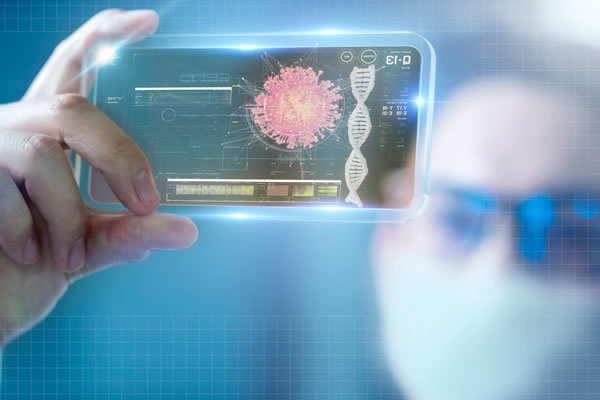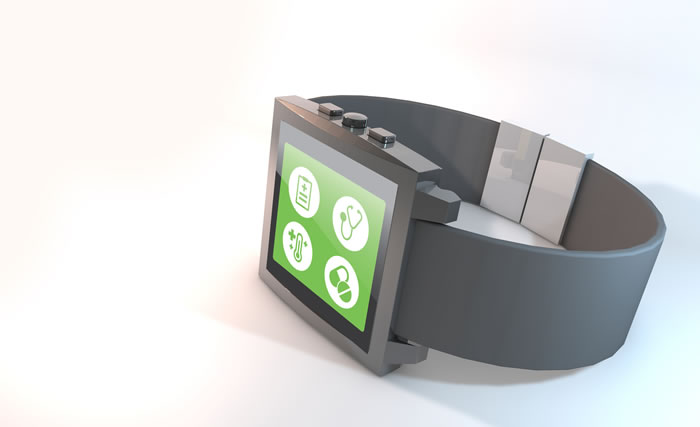The rise of artificial intelligence (AI) has led to a heated debate about its impact on employment. On one hand, AI has the potential to automate many tasks, freeing up workers to focus on higher-level tasks, and increasing efficiency and productivity. On the other hand, there is a fear that AI technology will eventually replace human workers altogether, leading to widespread unemployment.
AI Technology
One of the key advantages of AI technology is its ability to automate routine and repetitive tasks. For example, AI algorithms can be used to process large amounts of data and make predictions based on that data, reducing the need for human intervention. In industries such as finance and customer service, AI has already been implemented to automate processes such as account reconciliation and customer service inquiries. This has led to increased efficiency and productivity, as well as improved accuracy and reduced errors.
However, while AI may automate certain tasks, it is unlikely to replace all human workers. This is because AI is still limited in its ability to perform tasks that require creativity, empathy, and critical thinking. For example, AI algorithms may be able to analyze data and make predictions, but they lack the ability to understand the context and implications of that data in the same way a human can.
Furthermore, the impact of AI technology on employment will depend on the industry and the type of job in question. In some industries, such as manufacturing, AI may have a significant impact, leading to the automation of many manual tasks and the loss of low-skill jobs. In other industries, such as healthcare and education, AI is likely to have a more limited impact, as these industries require human interaction and empathy.
Speed of technology
Another factor that will determine the impact of AI on employment is the speed of technological advancement and the rate at which new jobs are created. While some jobs may be lost to automation, new jobs are also being created as a result of the growth of AI and other technological innovations. For example, the development of AI has led to the creation of new roles such as data scientists, AI engineers, and ethical AI consultants, who are responsible for developing and managing AI systems.
Additionally, the impact of AI on employment will depend on the level of education and training of the workforce. As AI takes over routine and repetitive tasks, workers will need to acquire new skills and knowledge to remain employable. This will require investment in education and training, as well as a willingness to learn and adapt.
It is also worth noting that the impact of AI on employment will not be uniform across all countries and regions. Developed countries with strong economies and well-educated populations are likely to be better equipped to adapt to the changes brought about by AI. In contrast, developing countries with weaker economies and less-educated populations may struggle to keep up, leading to increased unemployment and social unrest.
Final thoughts
In conclusion, while AI technology has the potential to automate many tasks, it is unlikely to replace all human workers. The impact of AI on employment will depend on a range of factors, including the industry, the type of job, the speed of technological advancement, the level of education and training of the workforce, and the economic and social conditions in different countries. As AI continues to evolve, it will be important for governments, businesses, and individuals to work together to ensure that its impact on employment is as positive as possible. This will require investment in education and training, as well as a willingness to adapt and embrace new technologies.






